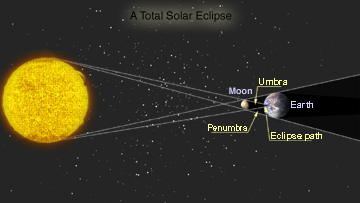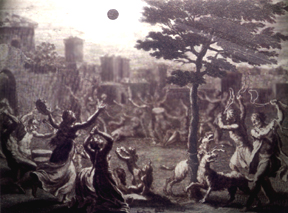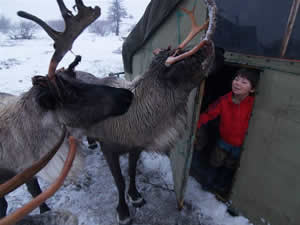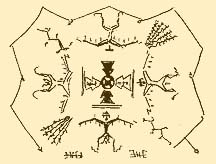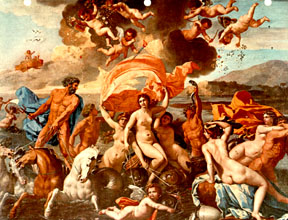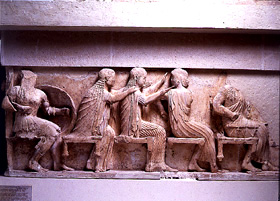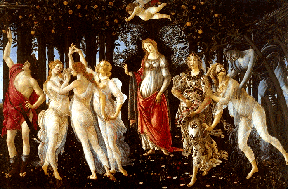Malina
Malina is the Sun goddess of the Inuit people who live in Greenland. The word "Inuit" means "people." Its singular form is Inuk. The Athapascan speaking tribes of Alaska and Canada used to address the Inuit people with the offensive term of "Eskimo" which means "eaters of raw meat."Malina and her brother, the Moon god Anningan, lived together and used to play games. But once adults, things changed. One night, while they were playing in the dark (as they used to do when they were children), Anningan raped his sister. During the fight, a seal-oil lamp overturned, soiling Malina's hands with black grease. When Malina tried in vain to push Anningan away, she blackened his face with her dirty and greasy hands.
She ran as far as she could into the sky, where she became the Sun. Anningan, showing no remorse for his crime, continued to chase his sister in the sky where he became the Moon. This eternal race makes the Sun alternate with the Moon in the sky. But occasionally, the Moon god reaches the Sun goddess and rapes her again, causing a solar eclipse.
Anningan concentrates on his sister so much, that he often forgets to eat. So as the days go by, he gets thinner. Once a month, the Moon disappears for three days, so the Moon god can eat. He always returns to chase his sister again. This is how the Inuit people explained the phases of the Moon.
Sun and Moon hate each other and human beings of the opposite sex.
Thus, during a solar eclipse, men are not supposed to go out. On the
other hand, women do not leave their houses during the lunar eclipse. The
Sun goddess and the Moon god are noxious spirits that send diseases upon
those who offend them.






